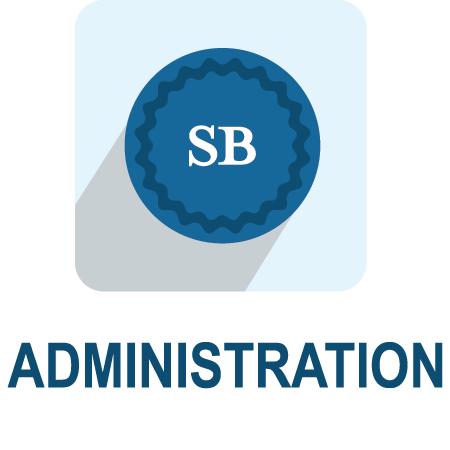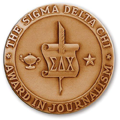Court Struggles With Student Loan Bankruptcy Issues
Below, Bryan Henderson of Stanford Law School recaps Tuesday’s oral arguments in United Student Aid Funds, Inc. v. Espinosa (08-1134). You can read Bryan’s preview of the case here. For additional updates, check the United Student Aid Funds SCOTUSwiki page.
At Tuesday's oral argument in United Student Aid Funds v. Espinosa, the Court grappled with whether an order discharging student loan debt absent an adversary hearing and a finding of undue hardship"”in clear contravention of the Bankruptcy Code"”is void. The creditor in this case sought relief from a discharge order six years after it was entered and ten years after the initial bankruptcy plan was confirmed. While all the justices agreed that the bankruptcy court erred, many justices seemed reluctant to upset a court order so many years after it was entered. No consensus emerged, however, concerning resolution of the case.
Justices Sotomayor and Breyer were concerned that an order could only be void if the court lacked jurisdiction to enter it. Justice Breyer declared that USAF didn't "have much precedential support" to classify noncompliance with the Code as the kind of thing for which a court would lack jurisdiction. But later in the argument, Justice Breyer admitted to a "lack of understanding" about how a judgment could be void under the Rules of Civil Procedure, and Justice Sotomayor expressed agreement with Justice Kennedy's doubts about whether only a lack of jurisdiction could render an order void.
The advocates faced a parade of hypotheticals as three justices"”Ginsburg, Stevens, and Kennedy"”tried to determine whether the creditor could ever waive his right to an undue hardship hearing. Arguing for USAF, Madeleine C. Wanslee insisted that such a hearing was always required. At one point, Justice Kennedy opined that it is an "astounding conclusion that you are simply writing out the doctrine of waiver altogether." However, Assistant to the Solicitor General Toby Heyntens, arguing on behalf of the United States as an amicus in support of petitioner, subsequently pointed out that the Court had previously deemed the student loan exceptions "self-executing" (which would foreclose the possibility that the hardship hearing could be waived); this policy made sense, Heyntens continued, because of the public interest at stake in Department of Education loan guarantees. The Chief Justice expressed doubt that the Code, properly read, was self-executing"”a view expressed by no other justice.
Justice Ginsburg seemed to adopt the government's argument that no finding of voidness under the Rules of Civil Procedure was required because, under the Bankruptcy Code, the debt was simply not discharged. Ginsburg also pressed Michael Meehan, arguing for respondent Francisco Espinosa, on the effect that the Court's decision in this case might have on other kinds of debt deemed nondischargeable by the Code, including child support arrears and taxes. When Meehan admitted that absent objection, such debt could be discharged, Ginsburg grew agitated, asking "then why do we have this third category [of non-dischargeable debt]?" Justice Kennedy seemed conflicted on this point: he noted that requiring objections would put a "tremendous burden on already overburdened systems," but at the same time he acknowledged that requiring a "charade hearing is equally off-putting."
Although Justice Alito was silent for much of the argument, it appeared that he was attempting to lay the groundwork for a consensus decision, as he queried whether lawyers including student debt in Chapter 13 plans could be sanctioned. Such a finding would allow the Court to avoid finding that the old orders were open to attack, yet prevent new lawyers from prospectively including nondischargable debt in bankruptcy plans. Alito's idea drew some support from Justices Breyer and Scalia. It remains to be seen whether this view or another will garner five votes, however.

















